Featured Photo Above:
Combined 1903 World Series Photo: Pittsburgh Pirates and Boston Pilgrims
(Color Restoration by Chris Whitehouse of Mancave Pictures)
Baseball History Comes Alive Now Ranked As a Top Five Website by Feedspot Among All Baseball History Websites and Blogs!
(Check out Feedspot's list of the Top 35 Baseball History websites and blogs)

Guest Submissions from Our Readers Always Welcome! Click for details
Scroll Down to Read Today’s Essay
Subscribe to Baseball History Comes Alive for automatic updates. As a Free Bonus, you’ll get instant access to my Special Report: Gary’s Handy Dandy World Series Reference Guide!
“Norman Rockwell and Baseball” Photo Gallery
Click on any image below to see photos in full size and to start Photo Gallery:
Norman Rockwell and Baseball, Part II:
“The Dugout”
Three weeks ago, I posted an essay featuring Norman Rockwell’s iconic painting, “The Three Umpires.” Today, I’ll follow that up with a repost of an essay I wrote four years ago about another classic Rockwell baseball painting and a companion to the “Three Umpires”: “The Dugout.” At the time, I did some research into the background of the painting, which I think you’ll find interesting. -GL
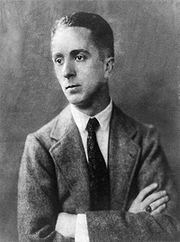
The Dugout by Norman Rockwell (1894-1978) is one of baseball’s most iconic images as well as one of his best-known Saturday Evening Post covers. Many people think this great painting was what started the Cubs’ image as “The Lovable Losers.” That got me thing thinking more about it. I did a little research and found some interesting tidbits:
- The image, a watercolor on canvas, appeared on the cover of the Saturday Evening Post on September 4, 1948.
- The youth, Frank McNally, was actually a batboy for the Boston Braves, not the Cubs. He donned a Cubs uniform just for that occasion. Rockwell and Post art director Kenneth Stuart traveled to Braves Field to take photographs of him during the May 23, 1948, Boston-Chicago doubleheader (the Cubs lost both games).
- In an interview decades later, McNally remembered that they had to do a lot of work to get him to look sad: “Mr. Rockwell kept changing the tilt of my cap and doing facial expressions to demonstrate how he wanted me to look. He finally asked me if I had a dog. When I told him I did, he said, ‘Try to think how you would feel if your dog died – that’s the look I want!’”
- McNally was paid five dollars for the modeling job which he said took two to three hours. After the issue of the magazine was published, he was presented with a Rockwell-signed copy of it during a pre-game ceremony at Braves Field.
- The Cubs players are, from left to right: pitcher Bob Rush, manager Charlie Grimm, catcher Al Walker, and All-Star pitcher Johnny Schmitz.
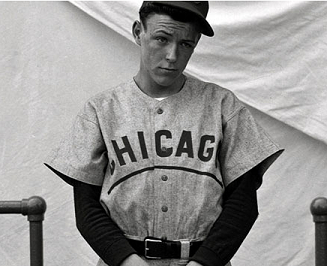
- The daughter of Rockwell’s next-door neighbors, Ardis Edgerton, is the fan razzing the Cubs through her hands. She was a frequent Rockwell model.
- Charlie Grimm owned a charcoal draft of The Dugout, on which Rockwell had inscribed: “To Charles Grimm, a long-suffering but wonderful manager, Norman Rockwell.”
- Charlie once commented on the painting: “What an artist. But he wasn’t really accurate. As bad as we were, the fans didn’t really boo us. Maybe they should have. ” [The Cubs won only 64 games in 1948 and finished last in the National League.]
Here’s some information about Norman Rockwell (Wikipedia):
“For 60 years, Rockwell painted familiar, everyday scenes. He created more than 300 covers for the Post and more than 4,000 total works of art. His works were greatly influenced by his
childhood visits to the country. Rockwell disliked cities and viewed them as overcrowded areas with unfriendly people. He relished his memories as a child playing in the clean country air and wide-open spaces. He remembered all the friendly people there. He decided early on in his career that his artwork would depict this type of idyllic life. His paintings celebrate kindness, decency, friendships, love, traditions, family ties and patriotism.”
Check out the photo gallery to see more beautiful paintings by Norman Rockwell. In future posts, I’ll be featuring more of “Norman Rockwell and Baseball!”
Gary Livacari
Subscribe to our website, Baseball History Comes Alive with over 1400 fully categorized baseball essays and photo galleries, now surpassing the one million hits mark with 1, 085,000 hits and over 900 subscribers.
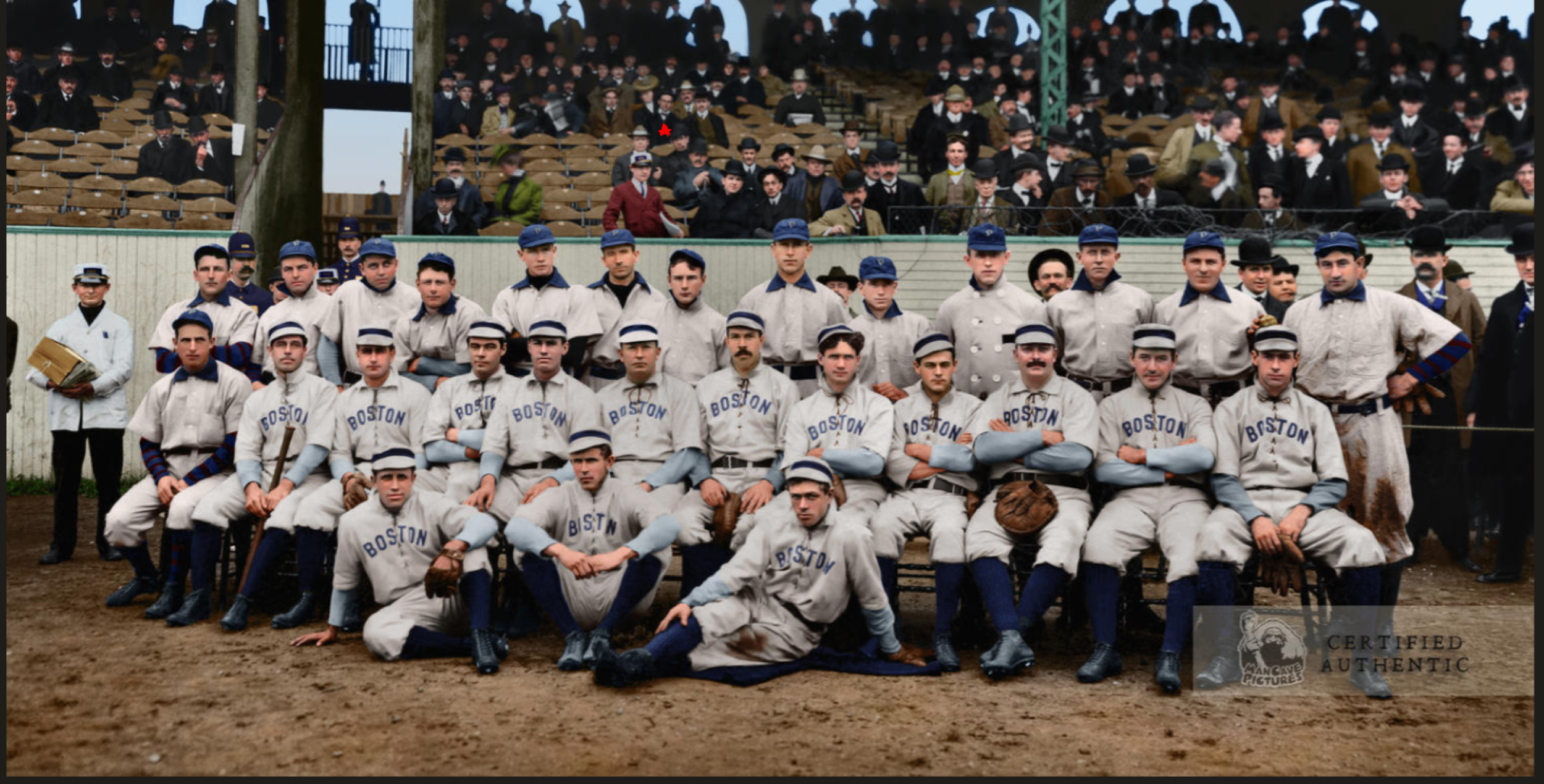
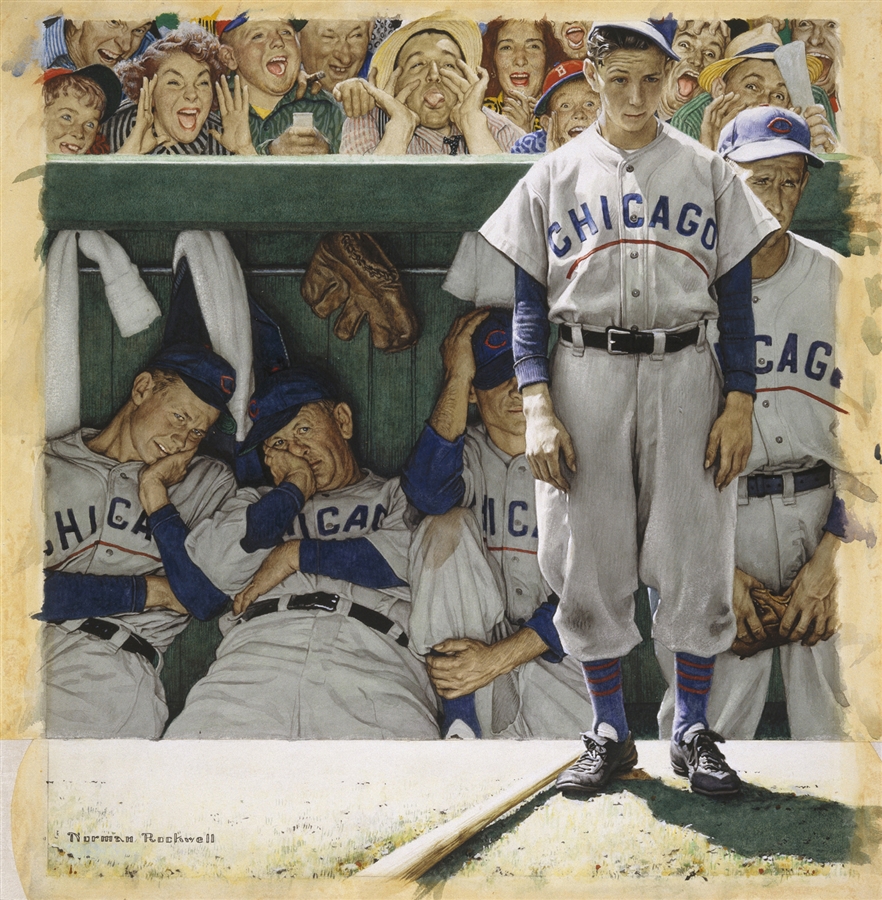
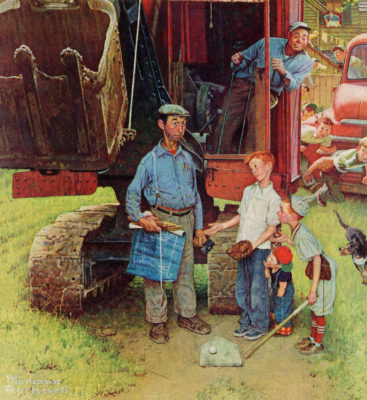
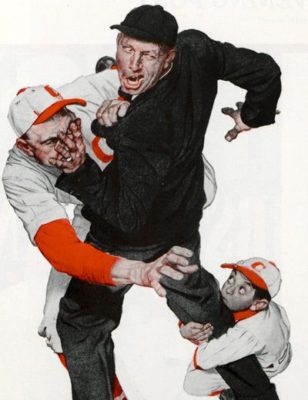
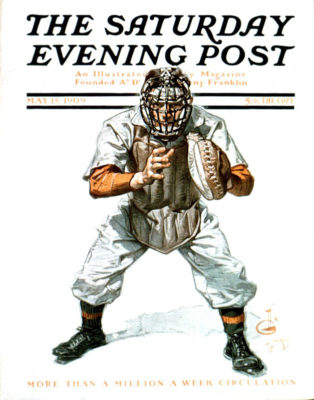
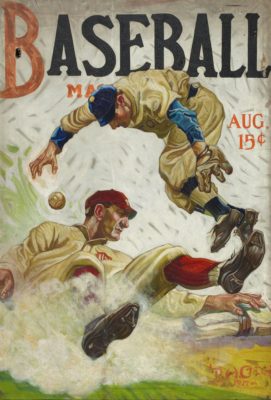
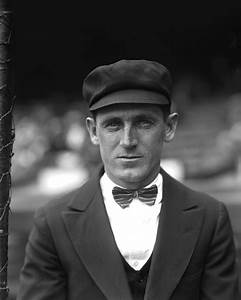
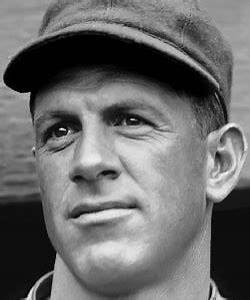
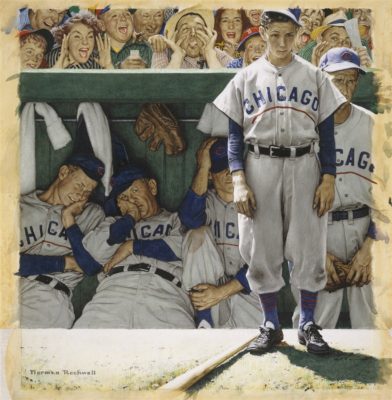
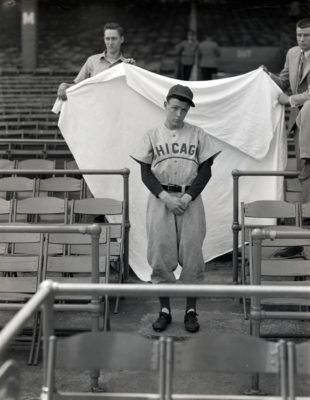
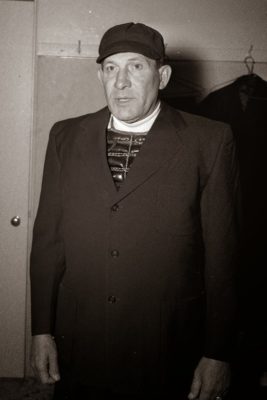
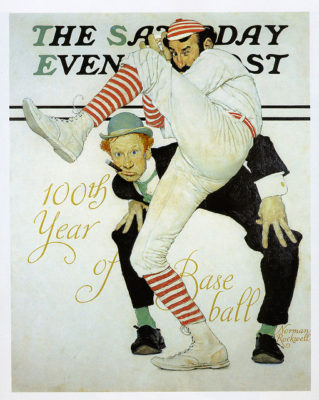
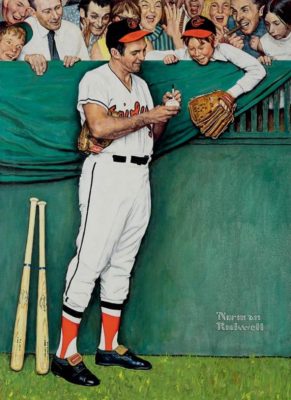
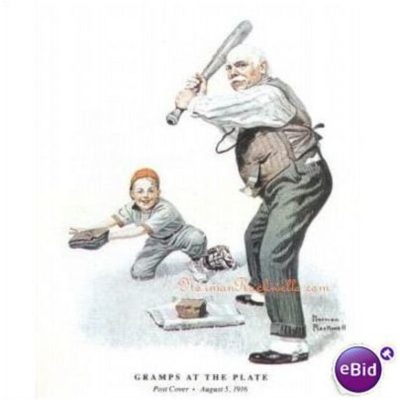
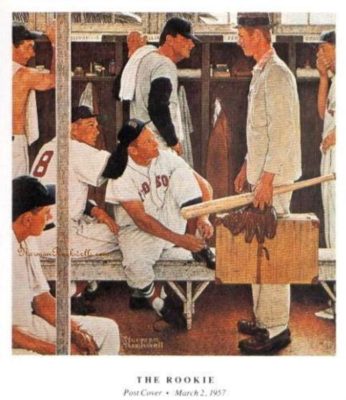
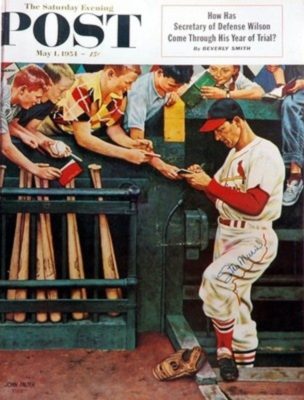
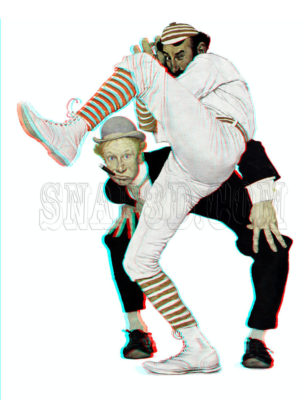
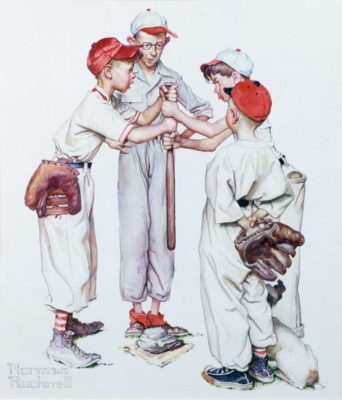
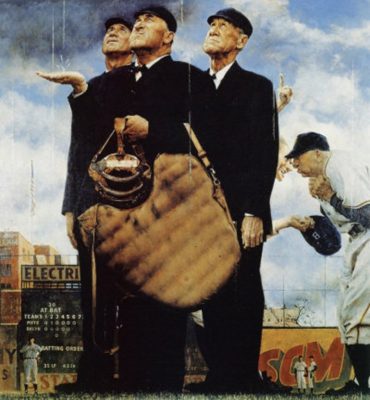
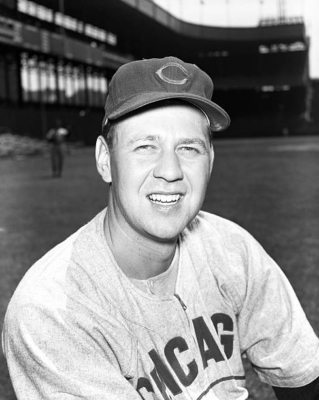
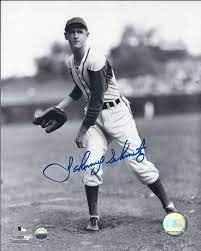

What a great article about one of America’s most well-known and iconic artists. Thnx for posting it, Gary. I remember; as a little kid, being excited to see a new edition of The Saturday Evening Post on our living room coffee table. Not only for the front cover illustration, but for the content as well. It’s interesting; how so many of Rockwell’s works involved sports. He must have seen how the exhilaration and/or futility of sports competition is reflected in the human psyche. I’m sure that the BHCA contributing artists {i.e. Mr. Stokes, etc.} who know more about Rockwell than I, appreciate and respect his work a great deal. “PLAY BALL”.
Thanks Tom…I think you’re right about sports and the human psyche!
Wonderful stuff, Gary. On my office walls I have framed prints of Dugout, Ted W. eyeing a just-arrived rookie, boys using a bat to choose sides, and Brooks Robinson. I also have the great image of Musial signing autographs on a calendar cover that I hope to frame soon.
Love the dugout depiction, Gary, and Rockwell got just the right expression from McNally with the sad dog suggestion!
Great research to pass on. Very interesting.